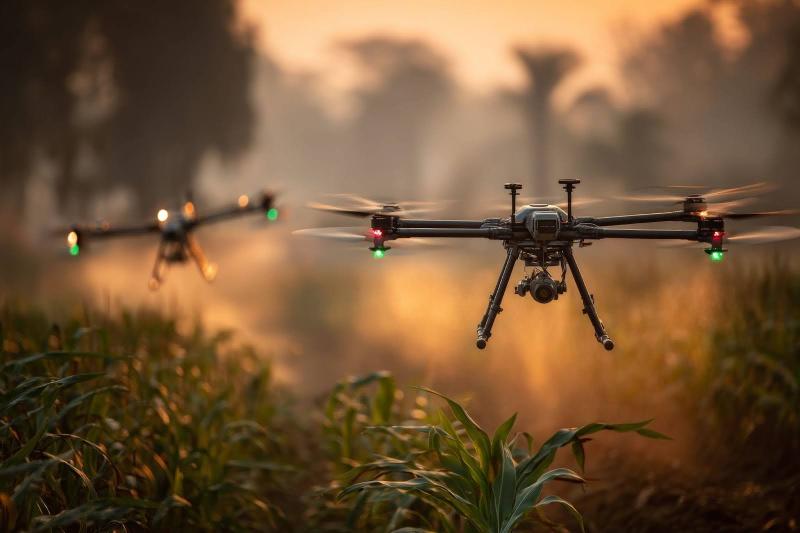Obesity has become a global concern over the last four decades as the number of obese and overweight individuals has tripled since 1975. In 2016, about one in five children across the world, aged 5-19 years, were overweight or obese and half of them lived in Asia. The obesity epidemic, which was once prevalent in high-income, developed countries, has today soared in low- and middle-income economies, particularly in cities. A similar trend is observed in the case of hypertension—a major risk of obesity. In India, many studies have assessed the prevalence of obesity and hypertension and the correlation between them. However, recent data on this, particularly regarding children and adolescents from urban and rural areas, is scarcely available. Now, a recent study by researchers from India and the UK, published in the journal BMJ Open, provides some insights into the current prevalence rates for obesity and hypertension among adolescents in Northern India.

![Image for representation only [Image Credits: The National Institutes of Health / Public domain, via Wikimedia commons] Identifying therapeutic targets by peeking inside the bladder cancer](/sites/researchmatters/files/styles/large_front_800x320/public/bladdercancerjune9.png?itok=v6zk9d2A)








